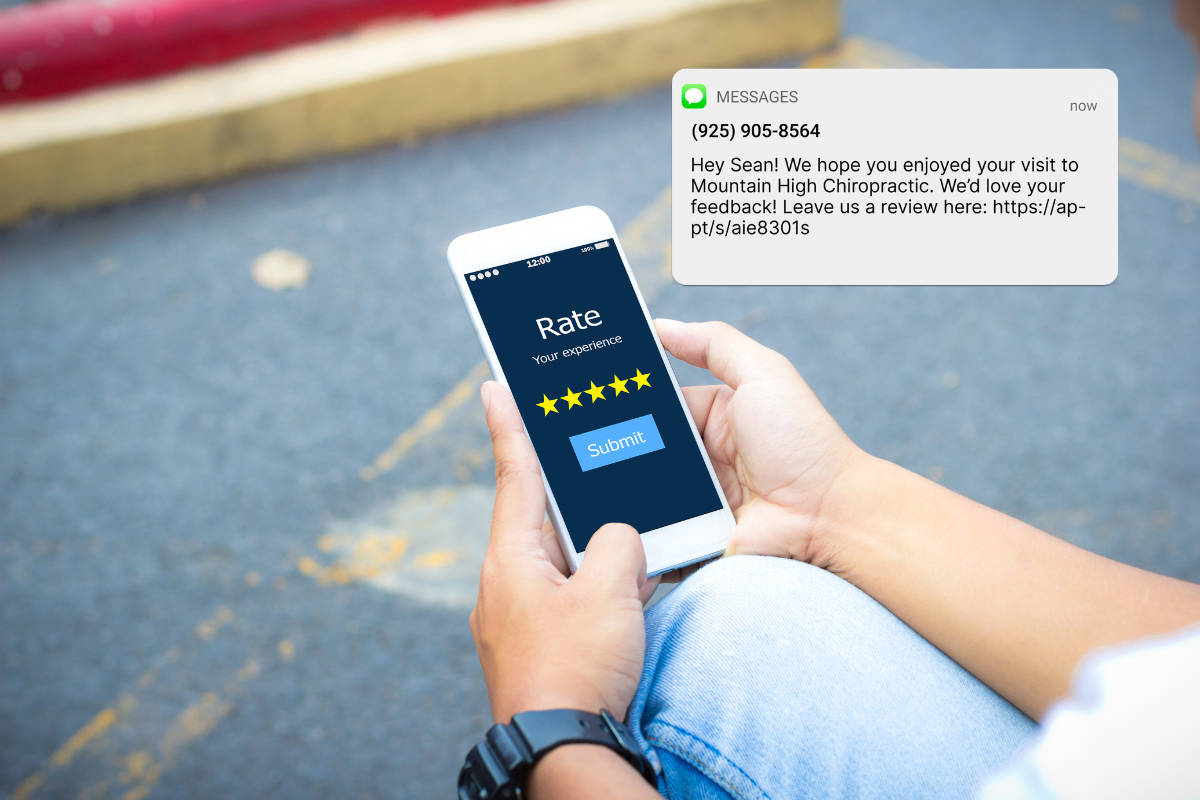Estimated reading time: 11 minutes
Why do some SMS and email campaigns fail to make an impact while others seem to hit the bullseye? The answer lies in segmentation. Rather than blasting your entire client base with the same generic message, consider tailoring your messages to smaller audience segments.
People engage and react positively when they receive messages that feel relevant and centered around their needs and interests. While it may require extra upfront work, you will almost certainly boost your conversion rates. A study by McKinsey found that companies that utilize personalization well see a 40 percent increase in revenue compared to the industry average.
Read on to uncover seven segmentation strategies you can use to run highly effective SMS and Email Message Blast Campaigns.
Why Segmentation is Helpful for Businesses
Segmentation is the process of dividing a broad business market into smaller groups of consumers based on shared characteristics. This allows businesses to market more effectively to each target group. Businesses can tailor their messaging and offers to each sub-group based on their unique characteristics or behaviors.
While companies can benefit from using segmentation and personalization in numerous ways, here are just a few key benefits for appointment-based businesses:
- Higher Conversion Rates: Targeted messages that resonate with the audience are more likely to drive sales, whether clients make a purchase, book an appointment, or sign up for a similar service.
- Efficient Use of Resources: Segmentation helps businesses focus their marketing efforts on the most promising leads and clients, maximizing the return on investment (ROI).
- Increased Engagement: Personalized messages are more likely to catch recipients’ attention, leading to higher open and click-through rates.
- Improved Customer Satisfaction: By addressing the specific needs and preferences of different customer segments, businesses can enhance the overall customer experience.
- Better Customer Retention: Tailored communication can help maintain and strengthen customer loyalty, reducing churn rates.
Message Blast Segmentation Strategies
Segmentation is a powerful tool for tailoring your marketing efforts to meet different customer groups’ unique needs and preferences. You can create highly targeted and effective SMS and email message blasts using specific criteria to segment your audience. Here are several segmentation strategies that can help you optimize your appointment-based business’s marketing campaigns:
1. Demographic Information
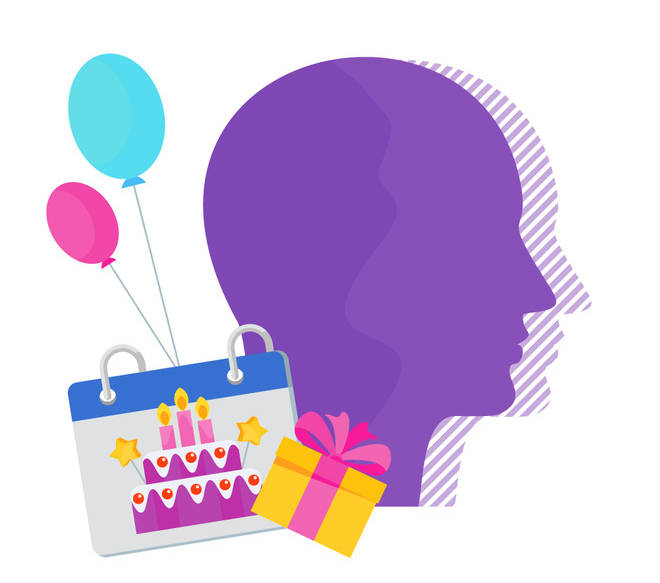
Age
How: Group customers by age ranges (e.g., 18-25, 26-35, etc.) to tailor services and promotions that appeal to different life stages.
Example Strategies: Promote trendy services for younger customers (hint: TikTok is an incredible research tool here). For older customers, highlight services that offer comfort or address age-specific needs.
Location or Proximity to Your Business
How: Segment customers by city, zip code, or neighborhood to deliver location-specific offers and information.
Example Strategies: Create location-specific offers, such as discounts for customers in certain areas or special events nearby.
2. Appointment History
Frequency of Visits
How: Differentiate between regular, occasional, and infrequent customers to send appropriate follow-ups and incentives.
Example Strategies: Consider offering loyalty rewards or discounts to regular visitors and re-engagement incentives for those who visit less frequently.
Last Visit Date
How: Group customers based on the time that has elapsed since their last visit. Then, set a threshold to ensure they book another service within your desired timeframe. Tailor re-engagement campaigns accordingly.
Examples Strategies: Launch a recall campaign for lapsed customers (those whose last visit exceeded your threshold) to encourage them to book a new appointment with you. For more recent visitors, consider sending them a targeted message for a complementary service to entice them back sooner.
Service Type/Preferences
How: Segment based on their preferred services (e.g., fitness class type, legal consultations, pet health or boarding services). Track purchase behaviors if your business offers products and services (e.g., hair salons/barbers, spas, optometrists, chiropractors).
Example Strategies: Promote deals on clients’ preferred services to entice them to book or suggest complementary services to enhance their experience. Send reminders about product restocks, new items, or discounts on repeat or bundled purchases.
3. Customer Behavior
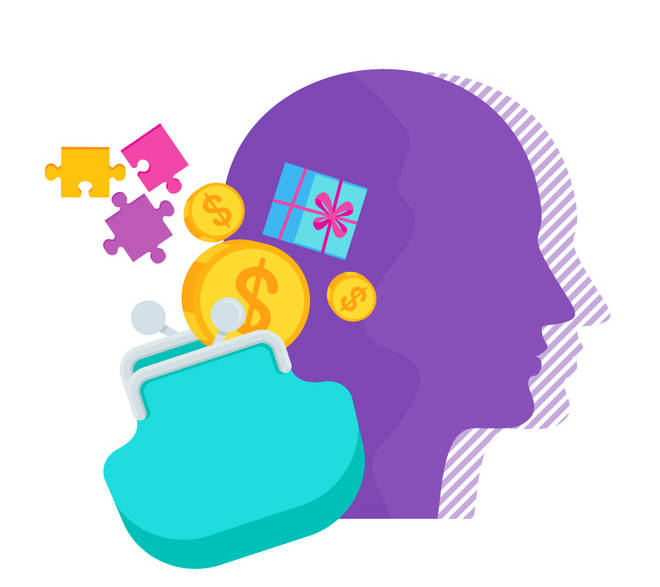
Spending Habits
How: Differentiate high spenders from low spenders to tailor offers that match their spending capacity.
Example Strategies: Offer exclusive deals and VIP experiences to high spenders while providing budget-friendly options to low spenders. If your marketing budget is limited, consider targeting whichever segment is more lucrative and likely to book with you.
Booking Patterns
How: Identify customers who book in advance versus last-minute bookers.
Example Strategies: Provide early-bird discounts for advance bookings and last-minute specials for those who book spontaneously.
No-Show Rate
How: Segment by customers who regularly miss appointments to implement strategies for reducing no-shows.
Example Strategies: Consider requiring a deposit or charging a cancellation fee for frequent no-show clients. Send reminder messages to help reduce missed appointments.
4. Engagement Level
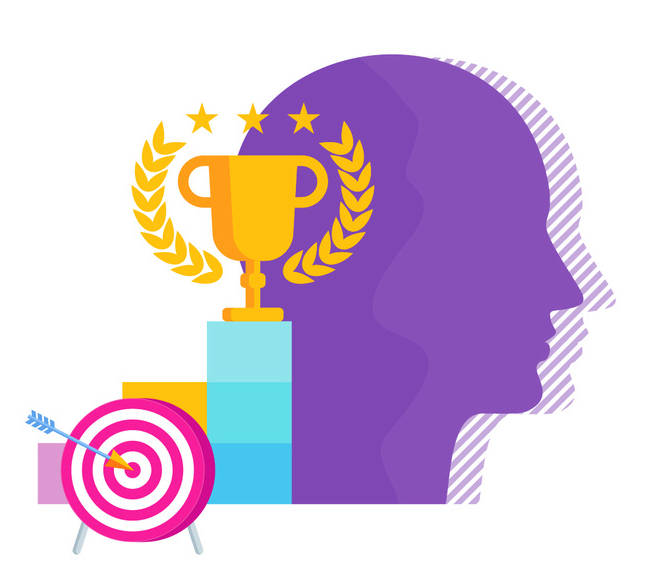
Response to Promotions
How: Group customers who respond to marketing campaigns versus those who don’t to optimize promotional strategies.
Example Strategies: Focus promotional efforts on responsive customers. Re-engage non-responders with personalized messages or special offers. Or, consider scrubbing them from your message blast list if they have not communicated with you at all after a specific time frame (e.g., 1 to 2 years)
Feedback and Reviews
How: Group customers who provide feedback and reviews. If you track Net Promoter Scores (or a similar measurement system), consider tracking ratings over time to monitor churn risk.
Example Strategies: Show appreciation with thank-you messages and special offers for positive reviewers. Use feedback to improve your services, whether positive or negative. Strategically engage negative reviewers or clients with declining satisfaction levels to determine if you can salvage relationships.
Loyalty Program Participation
How: Differentiate between loyalty or rewards program members and non-members to create targeted retention campaigns.
Example Strategies: Offer exclusive rewards and perks to members and encourage non-members to join with introductory offers.
5. Customer Preferences
Preferred Communication Channel
How: Tailor your messages according to whether customers prefer email, SMS, phone calls, or social media.
Example Strategies: Send messages to clients using the communication method they are most likely to engage with. Pick strategic times when clients are most likely to see your messages and take action (i.e., 6 PM for SMS messages, 5 AM for email, and 3 PM for phone calls)
Preferred Appointment Times
How: Group customers by their preferred appointment times (morning, afternoon, evening, or specific days of the week).
Example Strategies: Offer time-specific promotions to fill less popular slots. If you have last-minute openings, target your clients who prefer appointments during that time frame.
6. Customer Lifecycle Stage

New Leads / Prospective Customers
How: Target prospective clients who have yet to book with you to convert them into paying customers. If you have a multi-step “sales” process, track each step in the prospective customer’s sales journey.
Example Strategies: Send messages to prospective clients with information about your services or introductory discounts. Entice new leads to your marketing list with free assets or guides, targeted offers, and testimonials or reviews from similar clients.
New Customers
How: Track recently scheduled clients who have yet to attend their first appointment with you.
Example Strategies: Engage recently acquired customers with welcome messages, onboarding materials, and special introductory offers to make them feel valued.
Long-Term Customers
How: Track when a customer first began meeting with you or made a purchase from your business.
Example Strategies: Show appreciation to customers who have been with your business for a long time with exclusive rewards, personalized thank-you messages, and VIP experiences or invitations (e.g., exclusive access to events, a new product/services release, extended service time)
7. Special Events and Occasions
Birthdays and Anniversaries
How: Track customers’ birthdays, anniversaries, or other notable milestones.
Example Strategies: Celebrate by sending custom messages and special offers tailored to these occasions.
Seasonal Customers
How: Engage customers who visit during certain seasons or holidays with timely and relevant promotions.
Example Strategies: Offer seasonal discounts or packages that align with their visiting patterns.
Implementing Segmented Message Blasts in Apptoto
Segmenting your customers within Apptoto can help you deliver Message Blast Campaigns that are highly relevant, targeted, and effective at getting your client base to take action. Here’s how to get started:
1. Gather and Organize Customer Data
Collect Data: Gather detailed customer information and determine where to house and maintain it. You can use multiple systems! For example, Apptoto allows you to track appointment history, no-shows, appointment service types, birthdays/anniversaries, and preferred communication methods.
However, you may rather store customer lifecycle stages, spending habits, engagement metrics, and demographics in your database or CRM software. The good news is that Apptoto integrates with SQL databases and CRMs, including Salesforce!
Update Regularly: Regularly update customer information through automated data collection methods like feedback forms, interaction tracking, and surveys. Once updated in CRM, database, or EMR/EHR, you can push it to Apptoto’s contact or event records.
2. Set Up Customer Segments
Define Criteria: Identify the key criteria for segmenting your customers. Examples include demographics, appointment history, customer behavior, engagement levels, preferences, lifecycle stages, or special events.
Create Segments: Sync that information to Apptoto! Segments can created/utilized in four ways:
- Calendar Segments: Apptoto automatically tracks when a client’s last appointment with your business was scheduled. When creating a Message Blast Campaign, you can choose to filter recipients whose previous appointment was between a specific date range or “more than X months/years ago.”
- Address Book Segments: You can manually upload or automatically sync “Address Books” via the Contacts tab (depending on your integration). This is helpful if you have created a segmented list before syncing it to Apptoto and simply want to upload the entire bulk audience.
- Standard Event/Contact Data: A set of data is automatically collected when you launch Apptoto and begin syncing events/contacts. Standard fields include (but are not limited to) event names, titles, creation dates, and participants’ names, phone numbers, email addresses, and booking statuses. When setting up a Message Blast Campaign, these segments are automatically available to you.
- Custom Event/Contact Data: It’s possible to upload custom data to either calendar events or individual contacts using Custom Fields. To add custom data to a particular event, enter “ CUSTOM_FIELD_NAME: VALUE” into the calendar event body (e.g., Hairstyle: Long Hair). To add custom data to an individual contact, navigate to Apptoto>Contacts>Select Contact and use the same structure in the Notes section (e.g., Loyalty Program Member: No).
- You can also import and use custom fields in bulk if stored in your CRM or database. Learn about field mapping for Salesforce here (or connect with our support team for assistance with other databases/third-party integrations)
3. Create Campaigns & Tailor Your Messaging
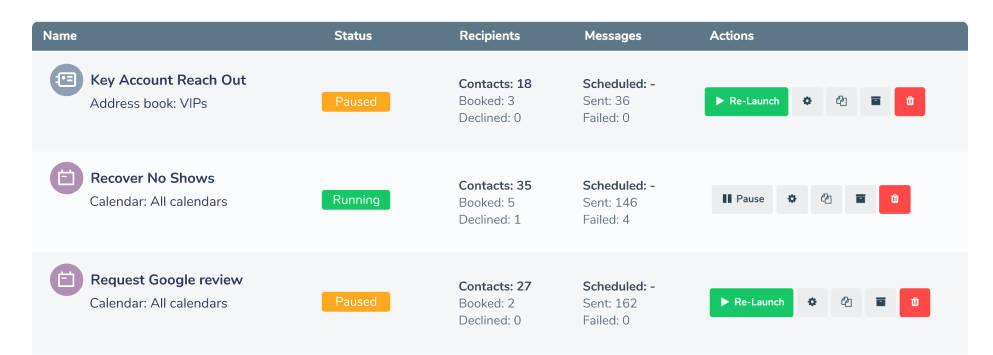
Use Automation: Leverage Apptoto’s Calendar Campaigns or Address Book Campaigns to schedule and send messages at the optimal times for each segment. When building your Campaign, use the “Appointment Filter” or “Contact Filter” to apply your segment!
Customize Campaign Messaging: Develop SMS and email messaging tailored to each segment. Personalized messages that speak directly to the needs and preferences of each group are more likely to engage and convert.
Choose an Appropriate CTA: Select a call-to-action that works best for your segmented audience. For example, if you are launching a booking Campaign based on the date of someone’s last appointment, provide a link to your booking page so they can easily book. If you’re offering a discount on a product purchase, add a link to your online store and a discount code in your Message Blast.
Launch: Activate your segmented message blast campaigns!\
4. Monitor and Adjust
Track Performance: Monitor the performance of your segmented message blast Campaigns. Track metrics like open rates and goal completions (bookings, purchases, etc.)
Refine Segments: Based on the performance data, refine your segments and adjust your messaging strategies. Continually optimize to improve results.
Keeping Client Data Fresh
Keeping your customer lists active and fresh is crucial for the success of your message blasts. Regularly updating your customer data as it changes ensures that your targeted messages reach the right people and remain relevant.
Periodically clean your database to remove inactive or unresponsive contacts. This improves the accuracy of your segmentation and increases engagement rates, as messages are sent to those most likely to respond.
Continuously collect and update customer information through surveys, feedback forms, and interaction tracking.
Consider managing client data in a Customer Relationship Management system, database, or electronic medical record software. Integrate your preferred tool with your message blast software to ensure any changes or additions to your client data are synced automatically.
Elevate Your Message Blasts with Segmentation
Staying ahead of your competition requires more than just reaching your customers; it means connecting with them on a personal level. Segmentation is a game-changer for turning one-size-fits-all blasts into highly personalized, relevant messages that prompt your clients to take action.
Start segmenting your SMS and email campaigns today to see the difference that targeted (but still automated!) messaging can make. Ready to elevate your message blasts? Sign up for a demo of Apptoto and discover how our platform can help you engage your customers more effectively.



